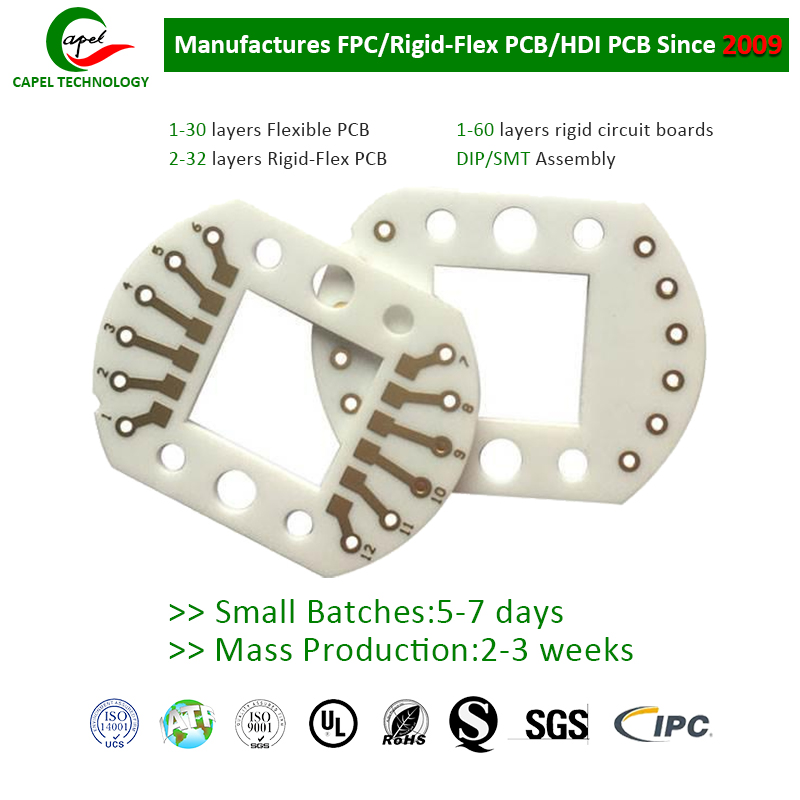In this blog post, we will discuss some basic considerations that engineers and designers need to keep in mind to ensure successful design and performance of ceramic circuit boards.
In recent years, ceramic circuit boards have attracted attention due to their excellent heat resistance and reliability. Also known as ceramic printed circuit boards (PCBs), these boards are specifically designed to withstand the extreme temperatures typically encountered in high-temperature applications. From the aerospace and automotive industries to power electronics and LED lighting, ceramic circuit boards have proven to be a game changer.However, designing ceramic circuit boards for high temperature applications requires careful consideration of several factors.
1. Material selection: Choosing the right ceramic material is crucial for designing high-temperature resistant circuit boards. Ceramic materials such as aluminum oxide (Al2O3), aluminum nitride (AlN), and silicon carbide (SiC) exhibit excellent thermal conductivity and electrical insulation. They also have low thermal expansion, which prevents circuit boards from cracking or deforming due to extreme temperature swings. By choosing the right ceramic material, designers can ensure the reliability and longevity of their circuit boards in high-temperature environments.
2. Thermal Management: High temperatures can negatively impact the performance of electronic components. To minimize the risk of overheating, proper thermal management techniques must be incorporated into the design of ceramic circuit boards. This includes using heat sinks, vents, and cooling pads to effectively dissipate heat. Thermal simulation and testing can help identify potential hot spots and optimize the board’s thermal performance.
3. Component placement: The placement of components on a ceramic circuit board will significantly affect its temperature resistance. High-power components should be strategically positioned to minimize heat concentration and ensure even distribution throughout the board. Spacing between components should also be carefully considered for better heat dissipation.
4. Conductive trace and via design: Ceramic circuit boards typically require higher current carrying capabilities than traditional PCBs. It is important to ensure that the conductive traces and vias are designed to handle higher currents without overheating or causing voltage drops. Trace width and thickness should be carefully determined to minimize resistance and maximize heat dissipation.
5. Welding technology: Solder joints need to withstand high temperatures and maintain their integrity, especially in high-temperature applications. Selecting the correct high melting point soldering material and using appropriate soldering techniques (such as reflow or wave soldering) are critical to ensuring a reliable connection and minimizing thermal stress.
6. Environmental considerations: High-temperature applications are often accompanied by harsh environmental conditions, such as humidity, moisture, chemicals, or vibration. Designers should consider these factors and select ceramic materials and protective coatings that can withstand such challenges. Environmental testing and certification ensure the board’s reliability under real-world conditions.
In summary
Designing ceramic circuit boards for high-temperature applications requires careful attention to material selection, thermal management, component placement, conductive traces, soldering techniques, and environmental factors. By considering these factors and applying best practices, engineers and designers can create boards that provide superior performance, reliability, and longevity in extreme temperature environments. So whether you’re developing electronic systems for aerospace, automotive, or any other industry that requires high temperature resistance, investing the time and effort in properly designing ceramic circuit boards will undoubtedly yield fruitful results.
Post time: Sep-25-2023
Back







